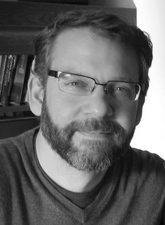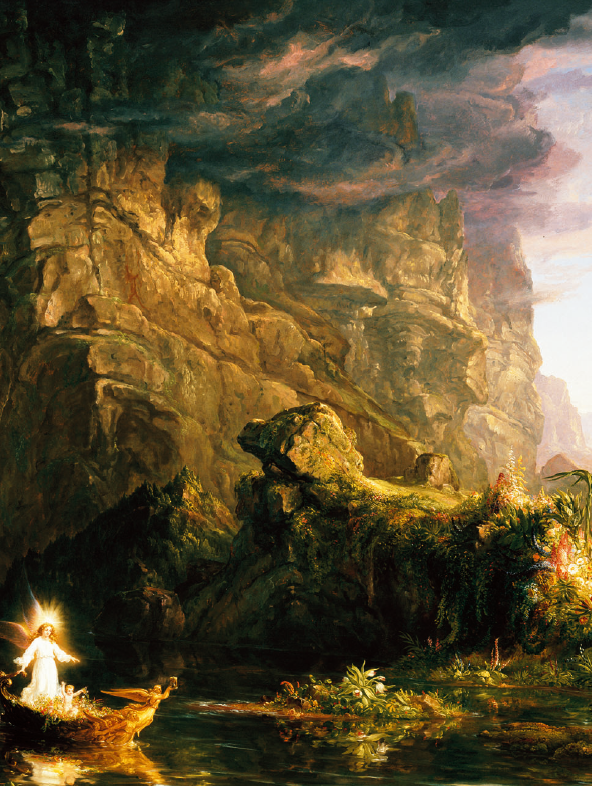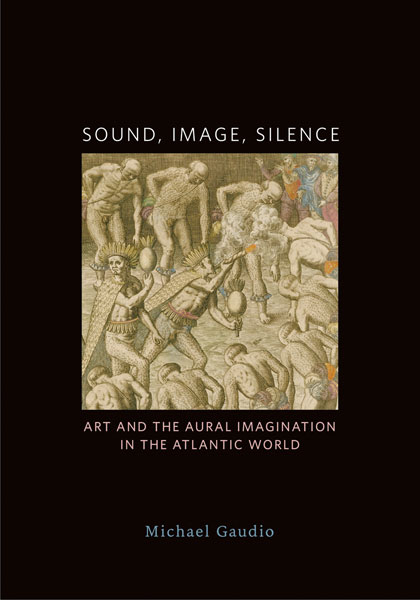“WHAT A PICTURE CAN’T OFFER”: MICHAEL GAUDIO ON THE IMAGINATIVE WORK OF SOUND IN ART HISTORY
“Sound—hearing—is this absolutely important sense for us, but of course that’s what a picture can’t offer. So as someone interested in unsettling the meaning of pictures, I suppose it only makes sense that I started to think more about this gap between pictures and sound. How do we negotiate it? How did audiences [in the past] negotiate that difference?”
In this episode
Caitlin Woolsey continues the miniseries on sound and visual art in conversation with Michael Gaudio, professor of art history at the University of Minnesota, who specializes in visual arts in the early modern Atlantic world. Michael describes his early studies in literature and the influence of deconstruction as a theory that taught him to inhabit the contingencies and ambiguities of a work. He discusses his transhistorical and transregional approach, and the evolution of his subfield over the last few decades. They discuss the gap between pictures and sound, and instances when seeing and hearing coming into relationship and tension with one another. Finally, Michael reflects on the “melancholy work of being an art historian,” part of which he characterizes as the descriptive challenge of thinking, writing, and teaching about sound in visual art.
Transcript
Michael Gaudio is professor of art history at the University of Minnesota. A specialist of the visual arts in the early modern Atlantic world, he is the author of Engraving the Savage: The New World and Techniques of Civilization (University of Minnesota Press, 2008), The Bible and the Printed Image in Early Modern England: Little Gidding and the Pursuit of Scriptural Harmony (Routledge, 2017), and, most recently, Sound, Image, Silence: Art and the Aural Imagination in the Atlantic World (University of Minnesota Press, 2019).
This conversation was recorded on August 23, 2021.



